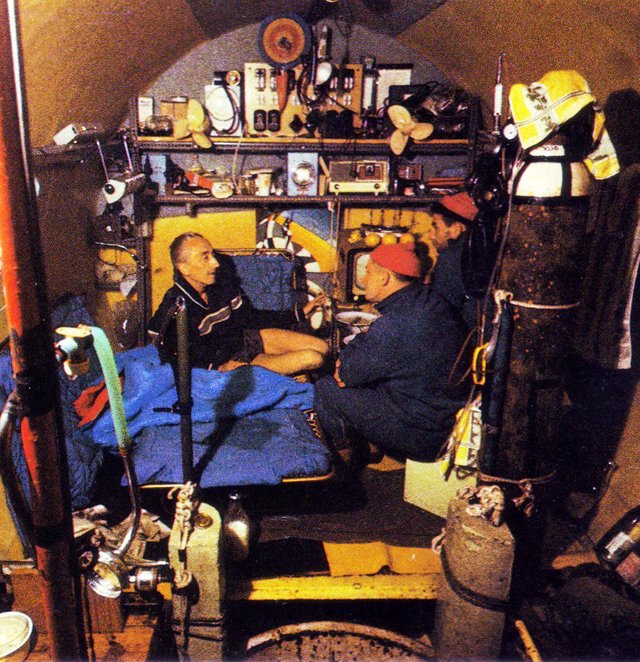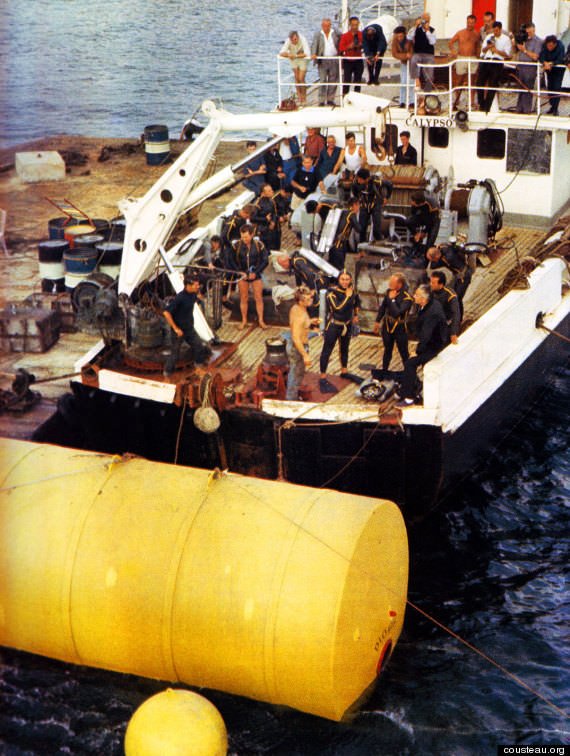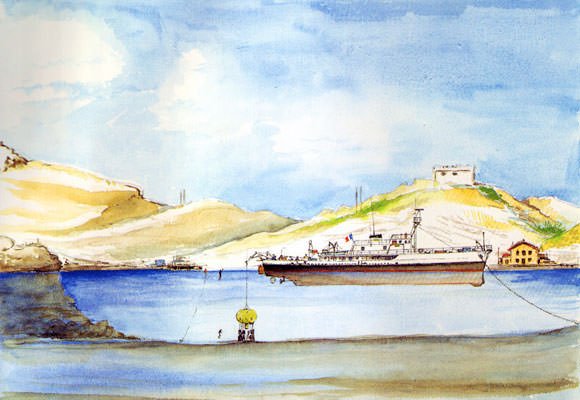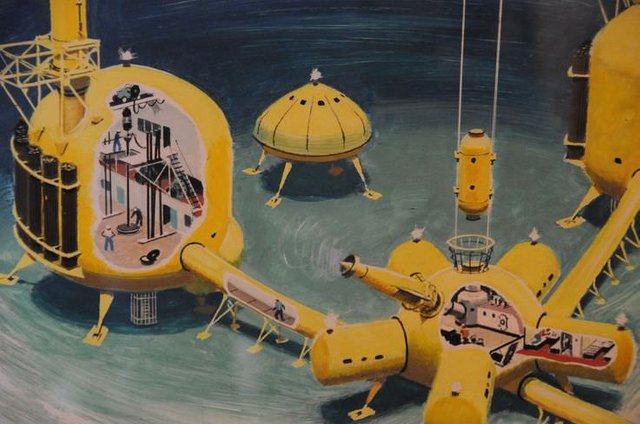Historical Underwater Habitat Showcase, Part 2: Diogenes, aka Conshelf One (Patreon)
Content
Diogenes was a Jacques Cousteau brainchild and the first of his three famous Conshelf habitat projects. In fact, it's recognized as the first true underwater habitat (as opposed to a diving bell, though it wasn't that different) in human history.
Diogenes was supported by Cousteau's surface support vessel, the Calypso. It supplied fresh air continuously via a compressor, hot water for showers from a water heater, electricity, and both television and radio signals so the aquanauts wouldn't suffer boredom.
Diogenes, named for the ancient Greek philosopher famous for living in a barrel (hence the name, as the habitat was very much barrel shaped) was sunk in 1962 to a depth of 30 feet. This is the maximum depth one can live at without needing to decompress before surfacing.
Mind you this was before George F. Bond perfected the science of saturation diving, so it was simply not known how to safely descend much deeper than that for long periods. It was very much experimental and pioneering.
The 30 day Diogenes mission was the first recorded observation of a strange psychological effect of living underwater, which was also famously observed during Tektite 2 missions: Aquanauts would become chummy and insular with each other, seemingly undergoing some sort of psychological synchronization, but easily irritable and hostile towards surface support workers.
Something about how human physiology, the brain included, adapts to life under increased air pressure and in confined spaces makes fellow aquanauts easier to get along with than people still adapted to surface pressure and other conditions.
Cousteau famously speculated that this would lead to separatist undersea settlements declaring independence from land, and that by the year 2000, people would be born, live out their lives and die beneath the sea.
That vision hasn't yet come to pass, but seems closer than ever before thanks to the explosion of offshore fish farming, deep sea mining and other oceanic resource development projects which require a long term, on-site human presence. Perhaps his dream may still come true?
Stay tuned for more in this series! It's not been strictly chronological so far but I am starting with the smaller, more humble habitats and working up towards the larger, more ambitious ones. Which means the best is yet to come!



